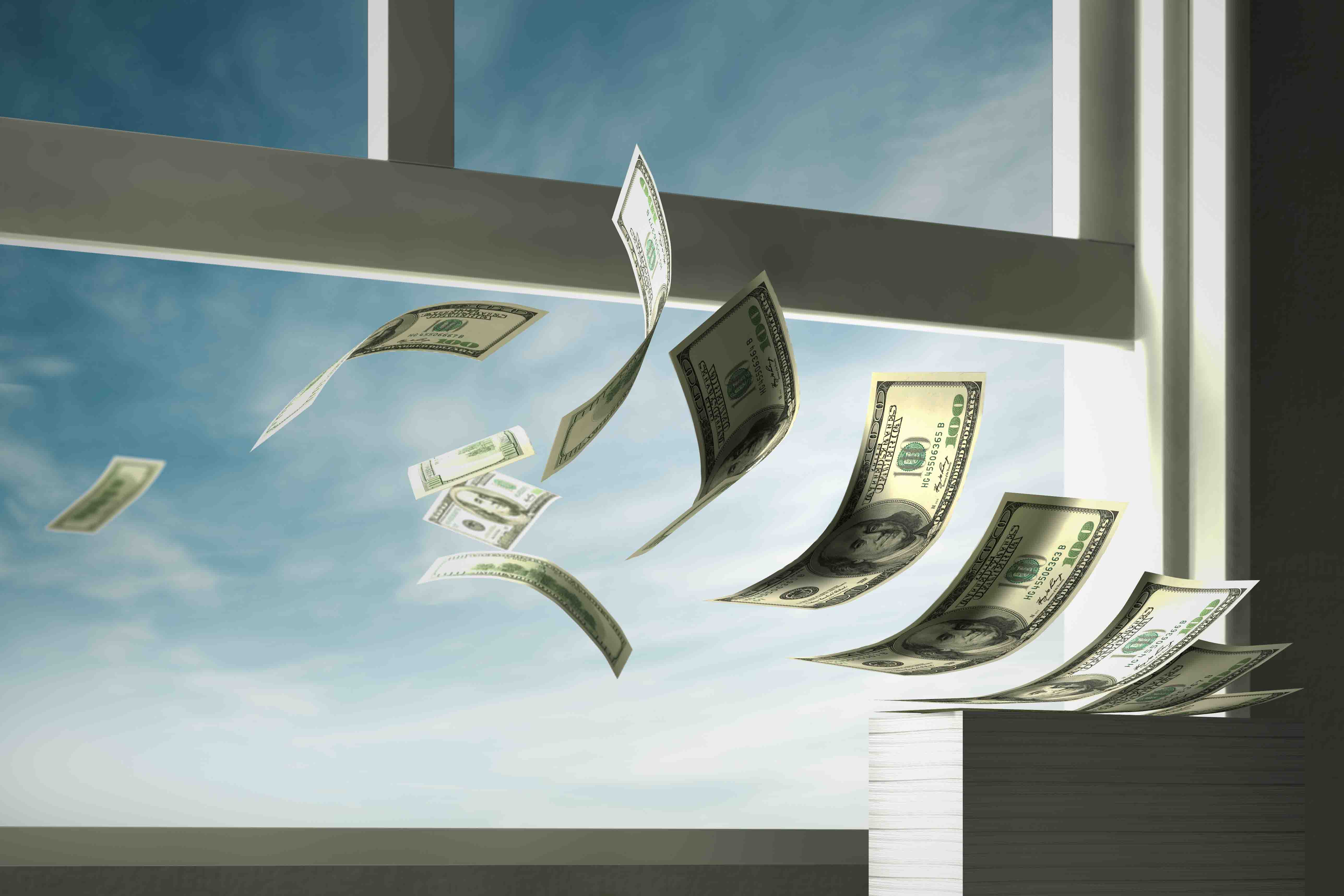Some of the Unemployed May Never Work Again
More folks than ever before have been out of a job for a year or more. The prognosis for them isn't good. And that spells bad news for the economy.

It's likely to take five or more years for the ranks of the long-term unemployed to return to a more normal level. With the unemployment rate remaining stubbornly high and job creation anemic, the number of would-be wage earners who have been out of work for a year or more is ballooning. It's risen from 668,000 when the recession began at the end of 2007 to the current tally of 4.3 million -- nearly 3% of the labor force and almost three times the previous post-World War II high of 1% in 1982.
That time, it took about five years for the number of long-term unemployed Americans to recede to its prerecession total. This time, there's reason to believe the tide will take longer to ebb. One reason: In the roughly 60 months since the inflated housing market crested, about 2 million jobs in construction have disappeared. Although housing construction will gradually recover, it won't return to bubble levels for a couple of decades, at least. As a result, many of today's unemployed construction workers may never earn a paycheck again. Moreover, the longer someone is out of work, the less likely he or she is to return to the workplace. Job skills atrophy, especially in fields that require computer use or other rapidly evolving technology.
What's more, following this recession, the spectrum of workers finding themselves out of work for a prolonged period is broader than in the past. Just 35% of those now counted among the long-term unemployed were working in factories before the recession. In the downturn of the early 1980s, 55% of those with no jobs for a year or more came from factories. This time, a greater portion were earning their livings in finance, insurance, real estate and business services. The ratio of college graduates is higher now, too.

Sign up for Kiplinger’s Free E-Newsletters
Profit and prosper with the best of expert advice on investing, taxes, retirement, personal finance and more - straight to your e-mail.
Profit and prosper with the best of expert advice - straight to your e-mail.
The fact is, "natural unemployment" has probably crept up in recent years. In the late 1990s, many economists considered the nation to be at full employment with a jobless rate around 4% -- just enough to account for folks moving between jobs plus enough slack to prevent wage inflation. Now economists figure that the benchmark is about 5.5% unemployment, maybe even 6% -- closer to what had been considered natural unemployment through most of the previous two decades. Odds are it'll stay near that higher percentage for years, long after the economy is operating at full steam.
That's a bum deal on two scores. Having a larger share of the workforce unable to find jobs at any given time keeps pressure on government to spend more on the social safety net -- not just jobless benefits but also Medicaid, food stamps and more. And more long-term unemployed means millions of shoppers staying away from malls, auto dealerships, restaurants and other businesses.
The outlook isn't good. Almost one-third of today's jobless have been out of work for more than one year. Even though the economy is improving, job creation remains sluggish. It will be several months before employers can be counted on to consistently add 130,000 net new jobs a month, and that will only match growth of the labor force from immigrants and young folks just starting out. To bring the unemployment rate down will take sustained net job growth of much more than that.
Why are there so many long-term unemployed this time around? First and foremost, it's because this recession threw a whopping 8.4 million people out of work -- compared with 2.9 million in the early 1980s. In addition, hiring in this recovery has been slower than in all other postwar economic recoveries.
It's also possible that extending unemployment benefits beyond the standard 26 weeks -- as Congress has done several times -- discourages people from trying to find work. Critics of lengthier benefit periods cite the national average of 90 weeks of benefits in the current recession and recovery versus an average of 55 weeks in 1983. But Federal Reserve economists say that even without the extended benefits, the number of long-term unemployed would total at least 3 million, still a record.
Get Kiplinger Today newsletter — free
Profit and prosper with the best of Kiplinger's advice on investing, taxes, retirement, personal finance and much more. Delivered daily. Enter your email in the box and click Sign Me Up.

-
 12 Investments No Retiree Should Make
12 Investments No Retiree Should MakeIn retirement, when it's wise to take fewer risks with your nest egg, some investments are just nuts.
By David Rodeck
-
 What the Capital One Discover Merger Means for Your Wallet
What the Capital One Discover Merger Means for Your WalletThe Capital One Discover merger reshapes the credit card landscape and could impact your credit card rewards, interest rates and card perks.
By Paige Cerulli
-
 The Economic Impact of the US-China Trade War
The Economic Impact of the US-China Trade WarThe Letter The US-China trade war will impact US consumers and business. The decoupling process could be messy.
By David Payne
-
 AI Heads to Washington
AI Heads to WashingtonThe Kiplinger Letter There’s big opportunity for AI tools that analyze MRIs and other medical images. But also big challenges that clinicians and companies will have to overcome.
By John Miley
-
 The AI Doctor Coming to Read Your Test Results
The AI Doctor Coming to Read Your Test ResultsThe Kiplinger Letter There’s big opportunity for AI tools that analyze CAT scans, MRIs and other medical images. But there are also big challenges that human clinicians and tech companies will have to overcome.
By John Miley
-
 The New Space Age Takes Off
The New Space Age Takes OffThe Kiplinger Letter From fast broadband to SOS texting, space has never been more embedded in peoples’ lives. The future is even more exciting for rockets, satellites and emerging space tech.
By John Miley
-
 Rising AI Demand Stokes Undersea Investments
Rising AI Demand Stokes Undersea InvestmentsThe Kiplinger Letter As demand soars for AI, there’s a need to transport huge amounts of data across oceans. Tech giants have big plans for new submarine cables, including the longest ever.
By John Miley
-
 What DOGE is Doing Now
What DOGE is Doing NowThe Kiplinger Letter As Musk's DOGE pursues its ambitious agenda, uncertainty and legal challenges are mounting — causing frustration for Trump.
By Matthew Housiaux
-
 A Move Away From Free Trade
A Move Away From Free TradeThe Letter President Trump says long-term gain will be worth short-term pain, but the pain could be significant this year.
By David Payne
-
 Trump’s Whirlwind Month of Crypto Moves
Trump’s Whirlwind Month of Crypto MovesThe Kiplinger Letter The Trump administration wants to strengthen U.S. leadership in the cryptocurrency industry by providing regulatory clarity.
By Rodrigo Sermeño